Three o'clock in the rain
And a roadblock, lord
-Bob Marley
I first heard a Bob Marley song in 1978 or 1979. I was in high school then and on vacation in England with my parents. My mom was from England, and this was my first time visiting my family there. I remember liking English radio—they played different music. For example, the DJs played a lot of what I came to learn was reggae music like Jimmy Cliff and Gregory Isaacs, but I was more interested in Bob Marley.
One of the first Bob Marley songs I heard was Rebel Music (3 O’clock Roadblock), which was released in 1974 on Marley’s Natty Dread album. It was Lee Jaffe’s harmonica playing that caught my attention.
The first time Lee Jaffe met Bob Marley was in January 1973 in New York City. Jaffe was visiting his friend Jim Capaldi from the group Traffic. Capaldi was staying at the Windsor hotel on Fifty-sixth Street and Sixth Avenue. In a 2023 interview with DancehallMag, Jaffe describes how he met Marley that night:
I went to visit him [Capaldi] after the show at his hotel and there was this Jamaican guy there and Jim said, ‘you have to hear his music.’ They had a cassette, and the cassette was a just finished and still unreleased first Island Records album of The Wailers. It was called Catch a Fire and the guy with them was Bob.
Jaffe spent ten days showing Marley around New York City and helped him buy some equipment. He helped him pick out the Les Paul guitar Marley used forever. Jaffe recalls:
The reason I suggested that guitar was first of all the way it looked; it had this natural wood finish and also, that model was very light and I thought well, this would be very easy for him to use while moving around on stage.
A few days later, Jaffe was on a plane to Jamaica. Marley invited him to meet Island Records founder Chris Blackwell who had a house at 56 Hope Road in Kingston (now The Bob Marley Museum). You can read more about Blackwell in this leg of our journey:
Blackwell asked if Jaffe would be willing to organize a North American tour for Bob Marley and the Wailers.
In July 1973, Jaffe booked an unknown act from Jamaica to support an exciting new talent from New Jersey for a weeklong residency at New York City's legendary Max's Kansas City:
Those shows kick-started both performers on their paths to become cultural titans. Each act alternated opening and closing slots for the 40 or so people who showed up each night. They played 14 gigs each across the week.
While in New York, Marley checked into the Chelsea Hotel. Here’s a picture of Jaffe with Marley at the hotel in 1973 (note the harmonicas on the table in the lower left corner):
It was Marley’s first gig in America in support of his Catch a Fire album, while Springsteen was promoting his first album Greetings from Asbury Park, N.J. The two bands hung out and went to see The New York Dolls at Kenny's Castaways nightclub around the corner and Led Zeppelin at Madison Square Garden. What a time for music!
By the time I got to college in New York in 1980, Marley had already made it big, and his album Babylon by Bus was getting a lot of airtime. Then suddenly in the spring of 1981 Bob Marley tragically died.
This week on that Big River called Jazz we’ll dig in our paddles and explore the world of Bob Marley.
When I graduated in 1984, Bob Marley’s Legend album was released, and Waiting in Vain rightly became a DJ favorite in New York City. Before I left for Airborne School in Georgia, I bought the cassette at Tower Records in the Village and listened to it all the way there.
Later that summer when I was at Field Artillery School at Fort Sill, Oklahoma, one of my friends took a weekend trip to Kingstown, Jamaica. He came back with a homemade cassette of killer reggae tunes recorded off a bunch of 45rpms DJs played on the radio. He loaned it to me. I loved it and from that time on, I was on the lookout for reggae 45rpm records. One of the first I found was a song I’d heard on Legend, “Bob Marley & Wailers” Trench Town Rock, the A-side of a 1971 single. Here’s my copy:
Here are two more of my favorite Bob Marley songs discovered on 45rpms.
Lyrical Satirical I was written by Marley and released on Wail 'N Soul 'M, a rocksteady record label created in 1966 by Bob Marley and the Wailers:
It was recorded at West Indies Studio in Kingston in 1968 with Bunny Wailer on tambourine, Bob Marley and Peter Tosh on guitar, Constantine Dream Walker on funde drum, and Alvin Seeco Patterson on percussion.
Selassie is the Chapel was recorded in the late sixties by Marley with just an acoustic guitar, drums, and vocals. I think it’s one of his best vocal cuts, totally sublime roots music to the core:
The song was recorded in June 1968 at Jamaica Broadcasting Corporation (JBC) Studio in Kingston and, according to Reggaeville, it was originally released in 1969 as a single. It’s believed that less than 30 copies were pressed:
Let’s spend a few minutes in the backwaters of Selassie is the Chapel.
It is a cover of Crying in the Chapel written by Artie Glenn. It was recorded by his son Darrell Glenn while still in high school and backed by his father's band, the Rhythm Riders. It became a local hit in Fort Worth, Texas, before going nationwide and reaching number six on the Billboard charts.
The original single was issued in June 1953 by Valley Records in Knoxville, Tennessee:
However, the song is more popularly known for The Orioles’ hit version released by New York’s Jubilee Records. It broke into the Top Twenty on the Pop chart in 1953:
Marley’s Selassie is the Chapel was produced by Mortimer Planno, a Rasta teacher and friend of Marley. Planno also wrote the song’s lyrics. It is thought to be the first song to reference Rastafari, an Abrahamic religion developed in Jamaica during the 1930s. It is based on a monotheistic belief in a single God, referred to as Jah. Rastas place key importance on Haile Selassie, the Emperor of Ethiopia between 1930 and 1974, who is regarded variously as the Second Coming of Jesus - the Jah incarnate.
He was born Tafari Makonnen on July 23, 1892. In 1917, he was crowned Ras Tafari - Ras meaning “head,” the equivalent to a duke or prince. When he became the Emperor of Ethiopia and crowned Negusa Nagast or “King of Kings,” he was renamed Haile Selassie and reigned until his assassination in 1974.
While Ras Teferi was visiting Jerusalem in 1924, he toured Saint James’ Armenian Convent. In those days, the Ethiopian Monastery was in its care. He was entertained with music played by orphan Armenian boys who had lost their parents in the 1918 Armenian Genocide. He offered to take some of the boys to Ethiopia to form a marching band. Forty of them went and became known as the Arba Lijoch, which means the 40 children in Amharic. Ras Tafari arranged for the musical education of the boys and they became the royal imperial brass band of Ethiopia:
Arba Lijoch’s band leader, Kevork Nalbandian, composed the first national Ethiopian anthem, which premiered during the coronation ceremony of the crown prince when he became Emperor Haile Selassie I. The group was so successful that it eventually led to a music renaissance and helped create a new music genre called Ethio-jazz, which we’ll look into a little further down the river…
In 1966, when Haile Selassie I visited Jamaica, he was greeted by Marley’s friend Mortimer Planno. At the time, Bob Marley was in Delaware; however, his wife Rita Marley was moved by Selassie’s visit and wrote to him, “Something is happening here." Bob replied, "You must be getting crazy, Rita!"
The Wailers were aware of Rastas in Kingston at the time, but Rita's brother, who was attending the University of the West Indies, began sharing Rasta tenets and philosophies with the Wailers. That, combined with the impact of Selassie's visit, caused the Wailers to become serious about Rastafari. When Bob returned to Jamaica, Planno played a huge part in shaping Marley’s involvement in the Rastafarian religion. Marley’s beliefs and unswerving devotion to the Rastafarian faith were always a key part of his enduring message.
Here’s one more for the road. One of my favorite Jamaican bands is The Revolutionaries, set up in 1975 as the house band of Channel One Studios. With Robbie Shakespeare on bass (he played on Marley’s 1973 Catch a Fire album) and Sly Dunbar on drums, The Revolutionaries created the new "rockers" style that changed the whole reggae sound.
Their 1978 classic Don't Underestimate The Force. The Force Is Within You has a picture of Haile Selassie I on the cover:
From the album here is Exodus 1:9:
Or you can listen to the whole album here:
In his book One Love, Lee Jaffe wrote:
When I first went to Jamaica and began my life with the Wailers the first person that Bob Marley introduced me to was Joe Higgs. Joe was Bob’s mentor, the person who taught him to play guitar, the one who gave the Wailers their first lessons in harmonizing. So much tragedy has engulfed the Wailers, but perhaps more than any personal tragedy the circumstances of Joe’s passing are symbolic of a greater one. Although the music has become so popular, generating tens of millions of dollars in sales year in and year out, the neighborhoods where the music was born, the sufferers and the children of sufferers who are the inspiration for the music have been unable to reap any benefits.
On December 18, 1999, Mighty Joe Higgs passed away. Although his music and teachings permeated the globe, he died penniless at the age of fifty-nine in a Los Angeles welfare hospital.
This is just one more example of how we need to find ways to do better - lift up each other and stop the roadblocks.
Let's join together to fight this holy battle
So when the man comes there will be no, no doom
Have pity on those whose chances grows thinner
There ain't no hiding place among the kingdoms of love, yes
Next week on that Big River called Jazz, we’ll dig our paddles into the waters of Louis Armstong with Fletcher Henderson’s band.
Please hit this link to buy me a cup of coffee, if you’d like to show your guide some appreciation for this and past journeys. Know in advance that I thank you for your kindness and support.
If you like what you’ve been reading and hearing so far on our journey and would like to share this with someone you think might be interested in learning more about our great American art form: Jazz, just hit the “Share” button.
From Astaire to Sun Ra: A Jazz Journey is a reader-supported publication. If you feel so inclined, subscribe to my journey by hitting the “Subscribe now” button.
Also, find my playlist on Spotify: From Fred Astaire to Sun Ra.
Feel free to contact me at any time to talk shop. I welcome and encourage that.
Until then, keep on walking….





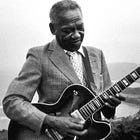
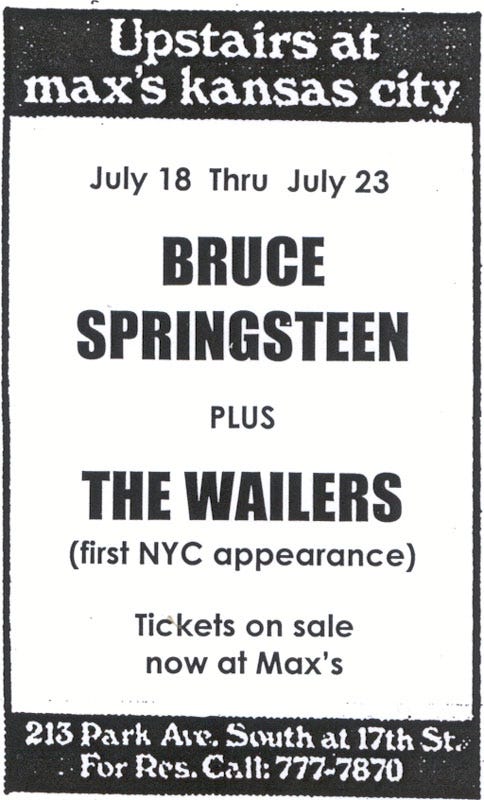
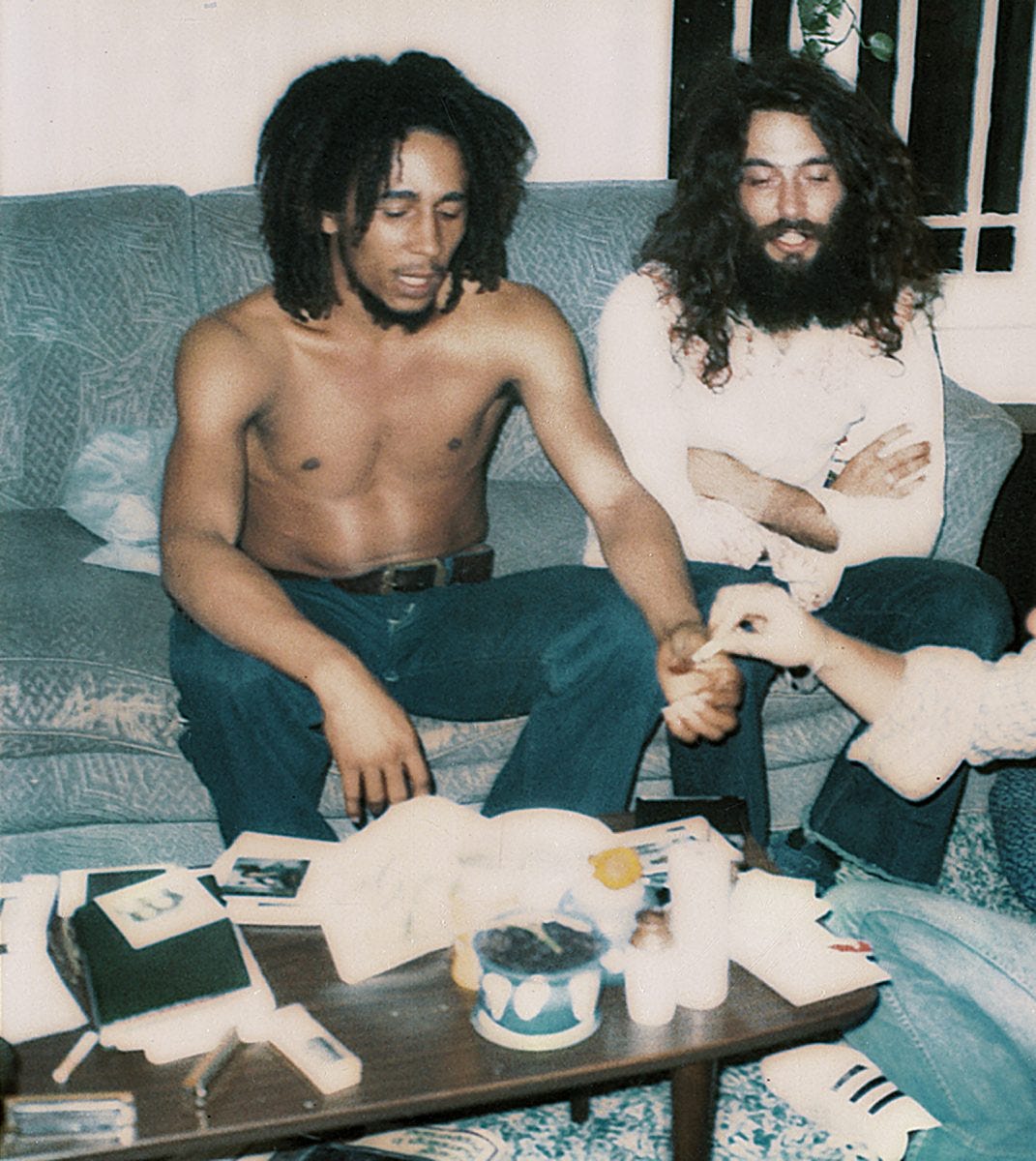
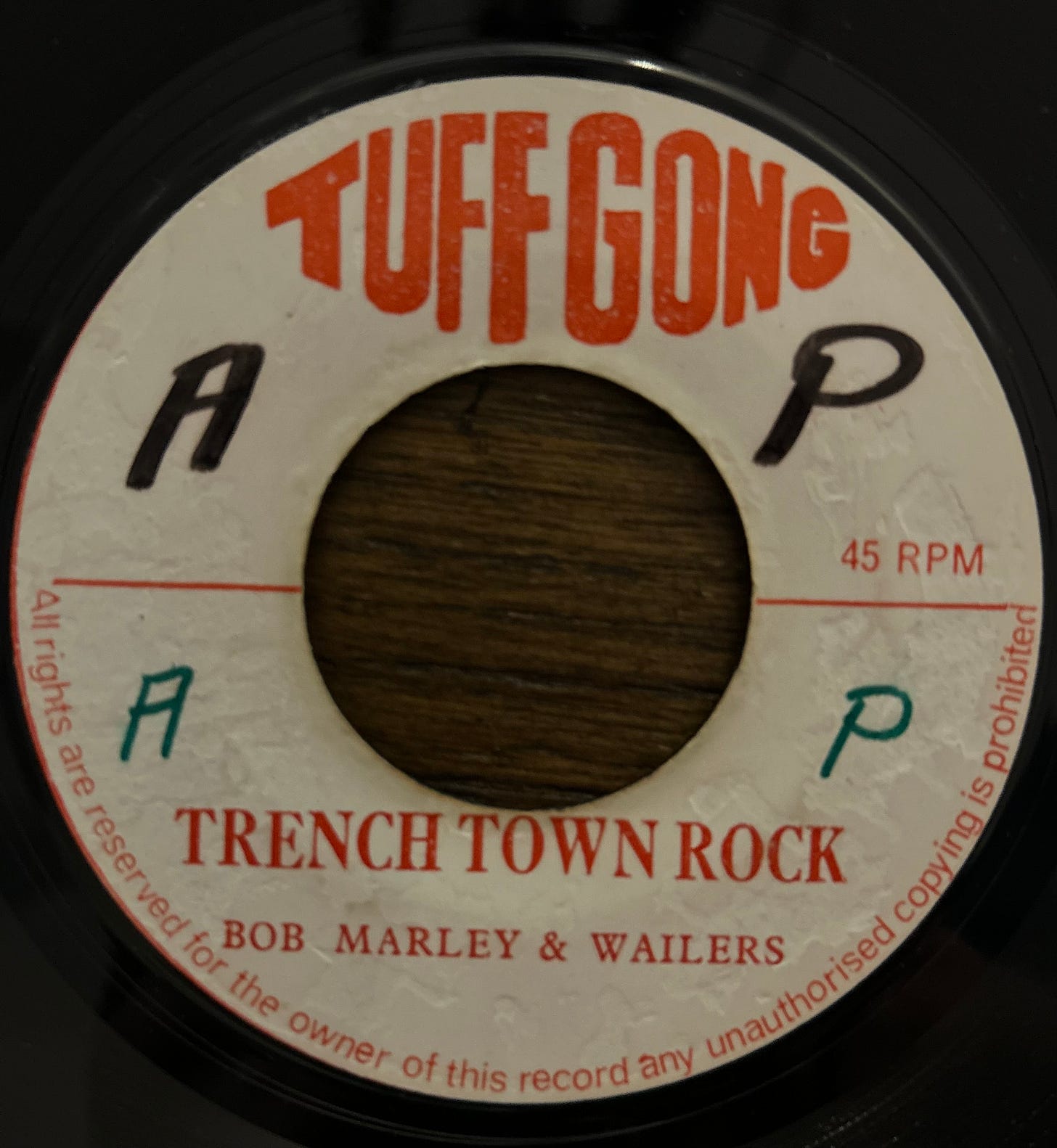
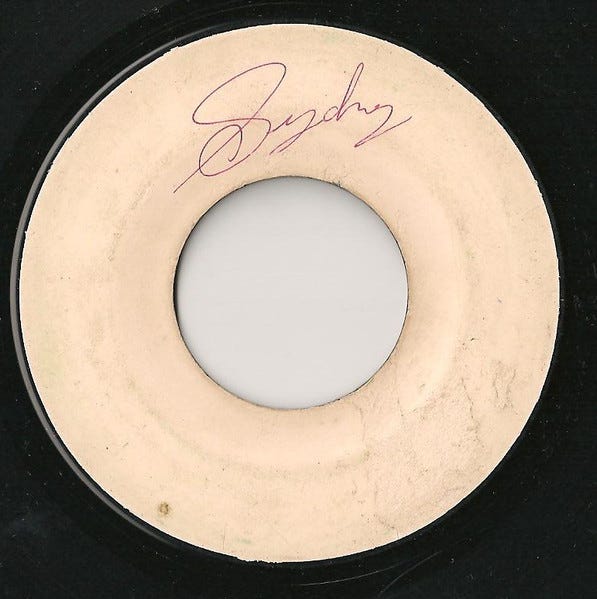

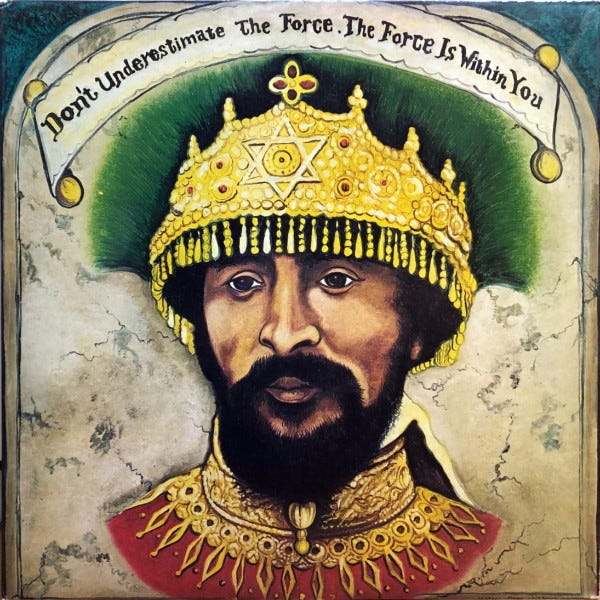
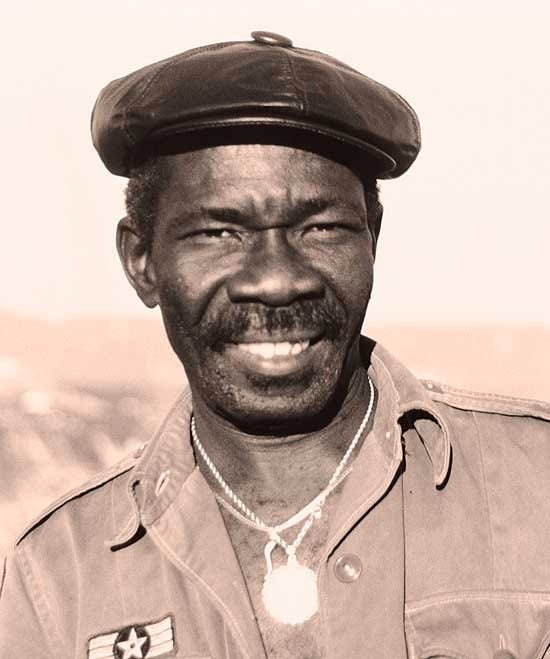
As an East Tennessean, Valley Records was owned by Jack Comer and Dave Garrison and the recording studio was actually located on the grounds of the Deane Hill Country Club in Knoxville, TN. The label lasted for a little more than twelve issues from 1953 to 1954, then several years later changed to Valley’s Meadowlark, taking the same numbering system since the start (not avoiding confusion). Go Vols!